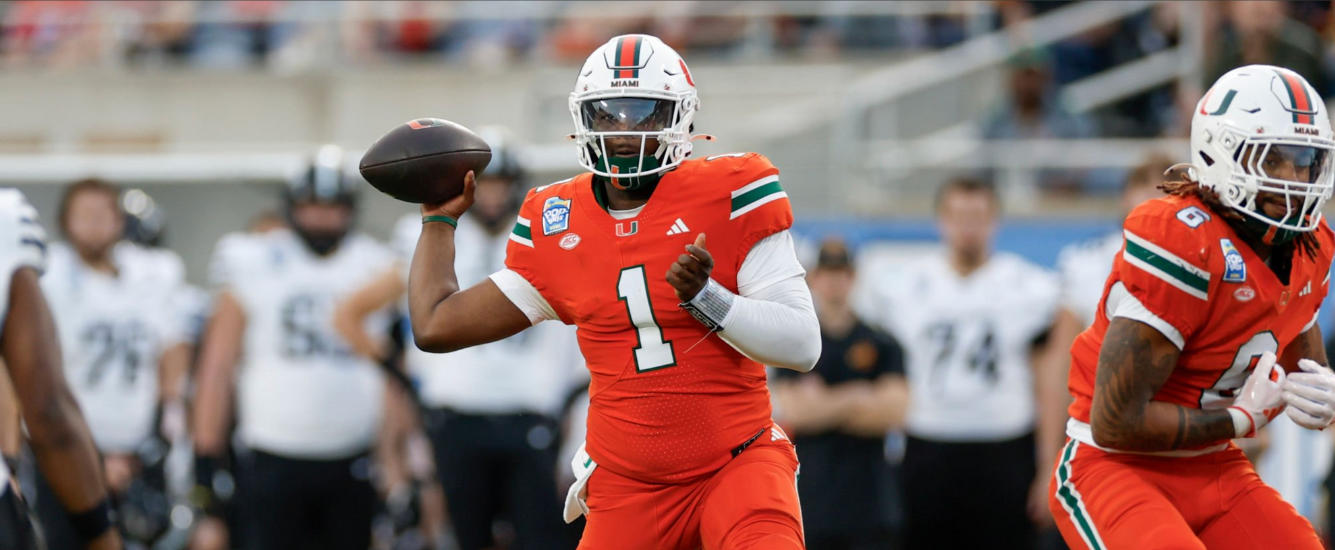In the first three parts of this series, we looked at running backs and wide receivers drafted in the “RB Dead Zone” — Rounds 3 through 6 — and those drafted in the double-digit rounds. Today, we’ll combine everything we’ve learned (with some help from the Fanball Roster Construction Explorer) to talk about one of the most potent strategies in fantasy football.
A Quick Refresher
On the off chance that you have not been fervently waiting for each subsequent part of this series to be posted, here’s a quick summary of the first three parts:
- In Part 1, we talked about how RBs drafted in Rounds 3-6 this year scored significantly more points than RBs in that range did in previous years, but their average win rate was the same as usual. These RBs were able to score a lot of points because they got more volume, had better efficiency, and played more games (truly groundbreaking stuff here). There is no reason to think this is anything but an anomaly, so you can safely expect next year’s dead-zone RBs to be more similar to those from previous years.
- Part 2 focused on how WRs picked in Rounds 3-6 also smashed this season, though their performance was much more in line with previous campaigns. As such, you should generally lean toward picking wideouts in these rounds because they have consistently had great average win rates over the last five years. The RBs, on the other hand, had an unusually productive year in 2019 and still posted a below-expectation average win rate.
- Part 3 discussed how late-round RBs and WRs both had a better-than-usual median win rate this year; RBs were 0.2% higher than the 2015-18 median, while WRs were less than 0.1% better. Despite that, the RBs had a horrible average win rate because they didn’t have any true league-winners (like a James Conner or Alvin Kamara). Chase Edmonds had the best win rate of any RB drafted in Round 10 or later at 11.2%. Meanwhile, late-round WRs set a new five-year high in average win rate because there was an abnormal number of breakout pass-catchers. Based on previous seasons, it seems likely that the distribution of win rates will return to normal next year, and you shouldn’t overreact to the underperformance of these RBs.
I recommend you go back and read each of the previous articles if you haven’t already, but I’m probably also a little bit biased.















